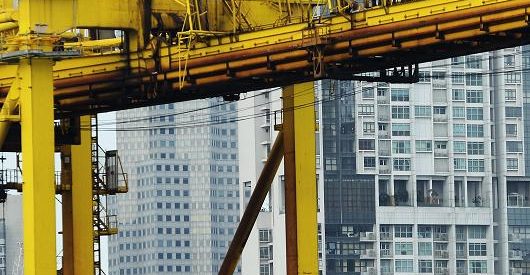
Property investors are getting interest rate jitters: CBRE
Asia’s property investors are pulling back from fresh investments as they keep a nervous eye on whether interest rates head higher, an investor survey from CBRE found.
Fewer property investors were intending to deploy more capital this year, with only 37 percent intending to buy more, down from 42 percent last year, the survey found. And more investors, led by real estate funds, were looking at yield spreads, it found.
“Traditionally, investors were looking for capital appreciation, but this year, the investors are focused on the yield gap. They want to have a cushion for when they evaluate the deals,” Henry Chin, head of research for Asia-Pacific at CBRE Asia-Pacific, told CNBC’s “Squawk Box” on Thursday.
Around 28 percent of investors were motivated by yield spreads over the risk-free rate this year, up from just 10 percent last year, the survey found.
Chin said CBRE has been telling investors worried about how interest rates will perform to focus on rental growth
“The yield compression story probably for our region is gone,” he said.
Fewer property investors were worried about a global economic shock, down to 25 percent from 46 percent last year, but 14 percent were worried interest rates might rise faster than expected, up from 6 percent last year.
That’s a shift from the usual concerns about whether China’s slowing economy would face a hard landing, Chin noted.
In recent years, investors have chased compressing yields in property. Typically, as yields fall, capital values rise.
Interest rates appeared set to head higher soon, with the market pricing in odds for the U.S. Federal Reserve to hike in March at as high as 80 percent, up from just over 50 percent after four Fed presidents spoke Tuesday, and all indicated an interest rate hike could be considered in March.
Whatever the timing of the hike, it’s likely to push up yields on U.S. Treasurys, suggesting a higher “risk-free rate” and making property yields look less attractive comparatively.
When it comes to investment destinations, Chin noted that Australia remained among the top picks.
That’s despite long-running concerns parts of the country may be experience a bubble after years of low rates, sharp price rises and strong inflows.
“Australia continues to be a very attractive destination for cross border investment,” Chin said. “It’s very strong fundamentals. Sydney and Melbourne office rental growth are going to be top three for the next three years.”


Leave a comment